Buy Oxycodone Powder In USA,Canada & Europe Online
$140.00 – $2,525.00
Product name: Oxycodone HCL Powder
Molecular weight: 375.160
Compound purity: > 99.8%
Appearance: White powder
Table of Contents
ToggleBuy Oxycodone Powder Online
Oxycodone Powder is an opioid used in the management of moderate to severe pain.
Brand Names
Generic Name Oxycodone DrugOxycodone is a semisynthetic opioid analgesic derived from thebaine in Germany in 1917. It is currently indicated as an immediate release product for moderate to severe pain and as an extended release product for chronic moderate to severe pain requiring continuous opioid analgesics for an extended period. The first oxycodone containing product, Percodan, was approved by the FDA on April 12, 1950.
Type Small Molecule Groups Approved, Illicit, Investigational Structure
- Weight
- Average: 315.3636
Monoisotopic: 315.147058165 - Chemical Formula
- C18H21NO4
Synonyms
- Dihydrohydroxycodeinone
- Dihydroxycodeinone
- Oxicodona
- Oxycodone
- Oxycodonum
IndicationOxycodone is indicated for the treatment of moderate to severe pain. There is also an extended release formulation indicated for chronic moderate to severe pain requiring continuous opioid analgesics for an extended period.

Pharmacodynamics
Oxycodone acts directly on a number of tissues not related to its analgesic effect. These tissues include the respiratory centre in the brain stem, the cough centre in the medulla, muscles of the pupils, gastrointestinal tract, cardiovascular system, endocrine system, and immune system. Oxycodone’s effect on the respiratory centre is dose dependant respiratory depression. The action on the cough centre is suppression of the cough reflex. Pupils become miopic or decrease in size, peristalsis of the gastrointestinal tract slows, and muscle tone in the colon may increase causing constipation. In the cardiovascular system histamine may be released leading to pruritis, red eyes, flushing, sweating, and decreased blood pressure. Endocrine effects may include increased prolactin, decreased cortisol, and decreased testosterone. It is not yet known if the effects of opioids on the immune system are clinically significant.
Mechanism of action
The full mechanism of oxycodone is not known. Under conditions of inflammation or hyperalgesia, opioid receptors in the heart, lungs, liver, gastrointestinal tract, and reproductive system are upregulated and transported to nerve terminals. Oxycodone and its active metabolites, noroxycodone, oxymorphone, and noroxymorphone are opioid agonists. These compounds passively diffuse across the blood brain barrier or may be actively transported across by an unknown mechanism. Oxycodone and its active metabolites can selectively bind to the mu opioid receptor, but also the kappa and delta opioid receptors in the central nervous system and periphery, and induce a G protein coupled receptor signalling pathway. Activation of mu opioid receptors inhibits N-type voltage operated calcium channels, inhibiting responses to pain.Absorption
Oxycodone has an oral bioavailability of 60% to 87% that is unaffected by food.
The area under the curve is 135ng/mL*hr, maximum plasma concentration is 11.5ng/mL, and time to maximum concentration is 5.11hr in patients given a 10mg oral immediate release dose of oxycodone.
Volume of distribution
2.6L/kg.
Protein binding
45%. Oxycodone is primarily bound to serum albumin and to a lesser degree alpha1-acid glycoprotein.
Metabolism
Oxycodone’s hepatic metabolism is extensive and completed by 4 main reactions. CYP3A4 and 3A5 perform N-demethylation, CYP2D6 performs O-demethylation, unknown enzymes perform 6-keto-reduction, and unknown enzymes perform conjugation.
Oxycodone is metabolized by CYP3A4 and CYP3A5 to noroxycodone and then by CYP2D6 to noroxymorphone. Noroxycodone and noroxymorphone are the primary circulating metabolites. Noroxycodone can also be 6-keto-reduced to alpha or beta noroxycodol.
Oxycodone can be metabolized by CYP2D6 to oxymorphone and then by CYP3A4 to noroxymorphone. Oxymorphone can also be 6-keto-reduced to alpha or beta oxymorphol.
Oxycodone can also be 6-keto-reduced to alpha and beta oxycodol.
The active metabolites noroxycodone, oxymorphone, and noroxymorphone can all be conjugated before elimination.
Route of elimination
Oxycodone and its metabolites are eliminated in the urine. Unbound noroxycodone makes up 23% of the dose recovered in urine and oxymorphone makes up <1%. Conjugated oxymorphone makes up 10% of the recovered dose. Free and conjugated oxycodone makes up 8.9% of the recovered dose, noroxymorphone makes up 14%, and reduced metabolites make up 18%.
Half-life
The apparent elimination half life of oxycodone is 3.2 hours for immediate release formulations and 4.5 hours for extended release formulations. Noroxycodone has a half life of 5.8 hours, oxymorphone has a half life of 8.8 hours, noroxymorphone has a half life of 9 hours.
Clearance
Total plasma clearance is 1.4L/min in adults.
| weight | 25 g, 50 g, 100 g, 250 g, 500 g, 1 kg |
|---|
Be the first to review “Buy Oxycodone Powder In USA,Canada & Europe Online” Cancel reply
Related products
UNCATEGORIZED
UNCATEGORIZED
UNCATEGORIZED

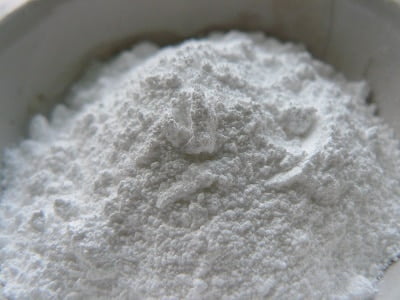
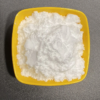



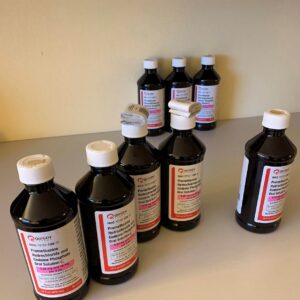
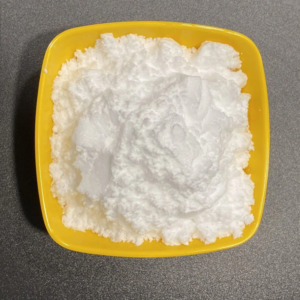
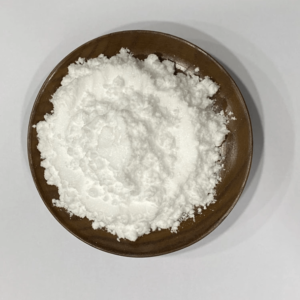
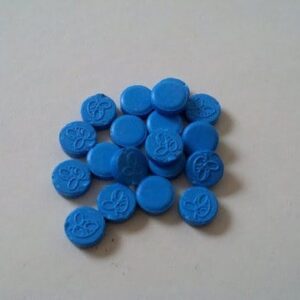
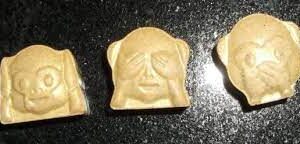

Reviews
There are no reviews yet.